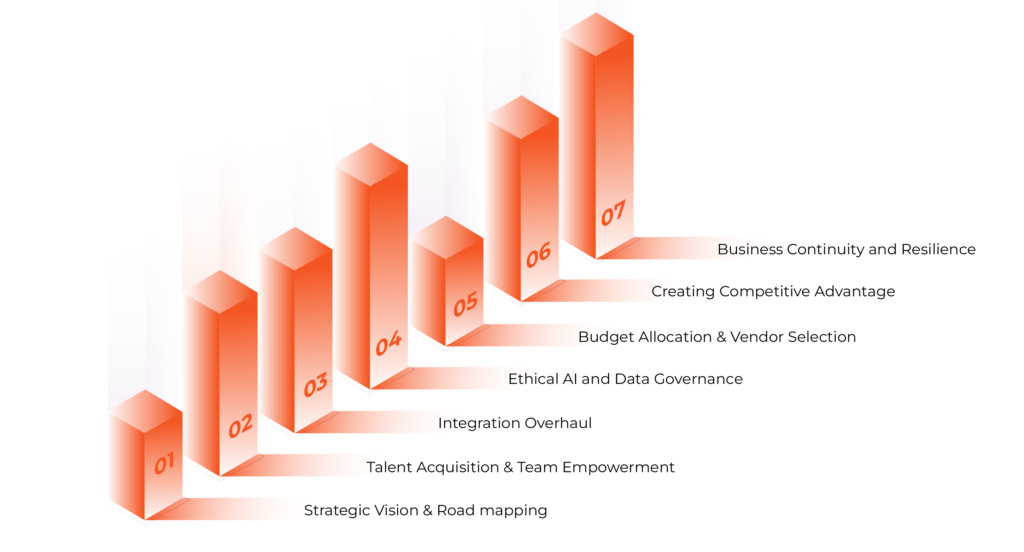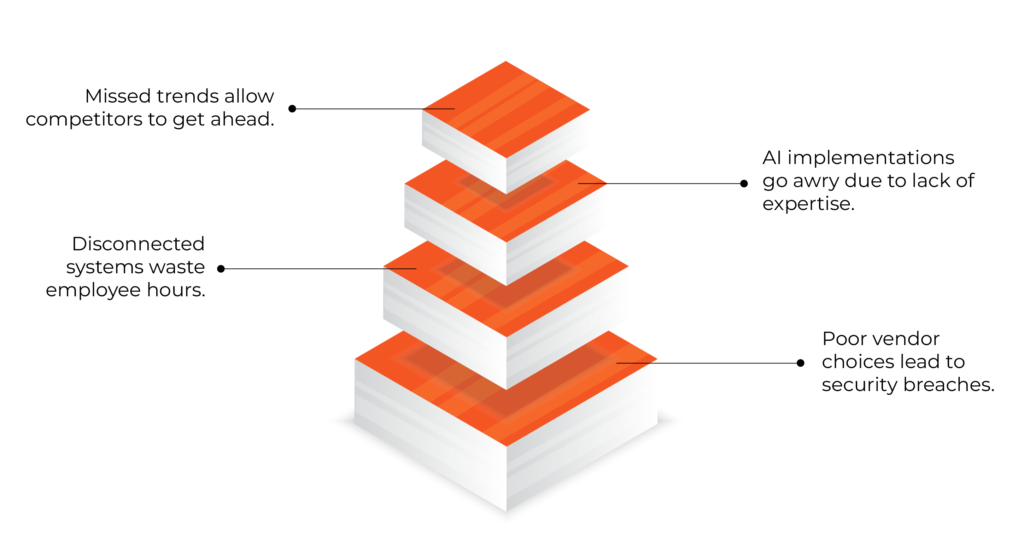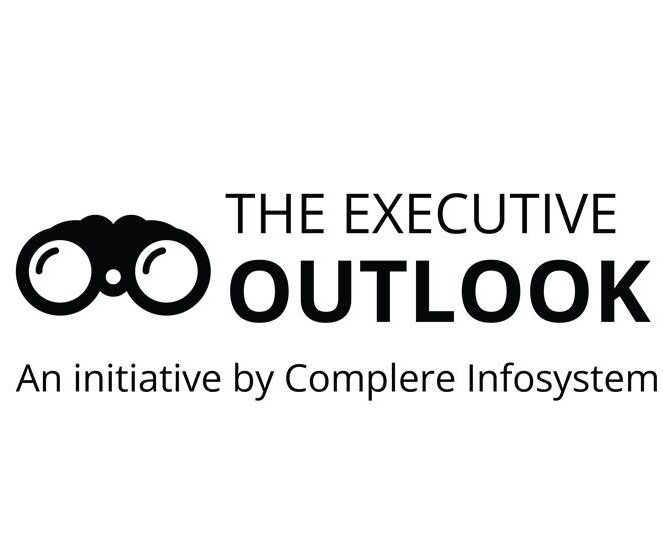Who Is a CTO?
What Do You Mean By AI?

What Do You Mean By ML?
What is Automation?
The Role of CTOs in Navigating AI, ML, and Automation

1. Strategic Vision & Road mapping
2. Talent Acquisition & Team Empowerment
3. Integration Overhaul
Automation isn’t plug-and-play. CTOs must integrate new systems with legacy software. Take the example of a healthcare startup led by CTO Maria. She unified patient data across multiple platforms using AI-driven APIs, reducing appointment scheduling errors by 70%.
4. Ethical AI and Data Governance
5. Budget Allocation & Vendor Selection
6. Creating Competitive Advantage
7. Business Continuity and Resilience
Complications or Situations in the Absence of CTO
- Poor vendor choices lead to security breaches.
- Disconnected systems waste employee hours.
- AI implementations go awry due to lack of expertise.
- Missed trends allow competitors to get ahead.

Difference in Results with or Without a CTO in a Business
|
Metric |
With CTO |
Without CTO |
|
AI Project Success Rate |
87% |
45% |
|
Time to Implement Automation |
6 months |
14 months |
|
Customer Satisfaction Growth |
+29% |
+8% |
|
Security Breach Incidents |
1/year |
5/year |
|
Innovation Index Score |
8.7/10 |
4.3/10 |
Final Words
- The Evolution of the Modern CEO in the AI Era
- How CIOs Are The Guardians of Digital Transformation?
- Real Case Studies On How CTOs Revolutionized Startups
Editor Bio

I’m Isha Taneja, serving as the Editor-in-Chief at "The Executive Outlook." Here, I interview industry leaders to share their personal opinions and provide valuable insights to the industry. Additionally, I am the CEO of Complere Infosystem, where I work with data to help businesses make smart decisions. Based in India, I leverage the latest technology to transform complex data into simple and actionable insights, ensuring companies utilize their data effectively.
In my free time, I enjoy writing blog posts to share my knowledge, aiming to make complex topics easy to understand for everyone.





